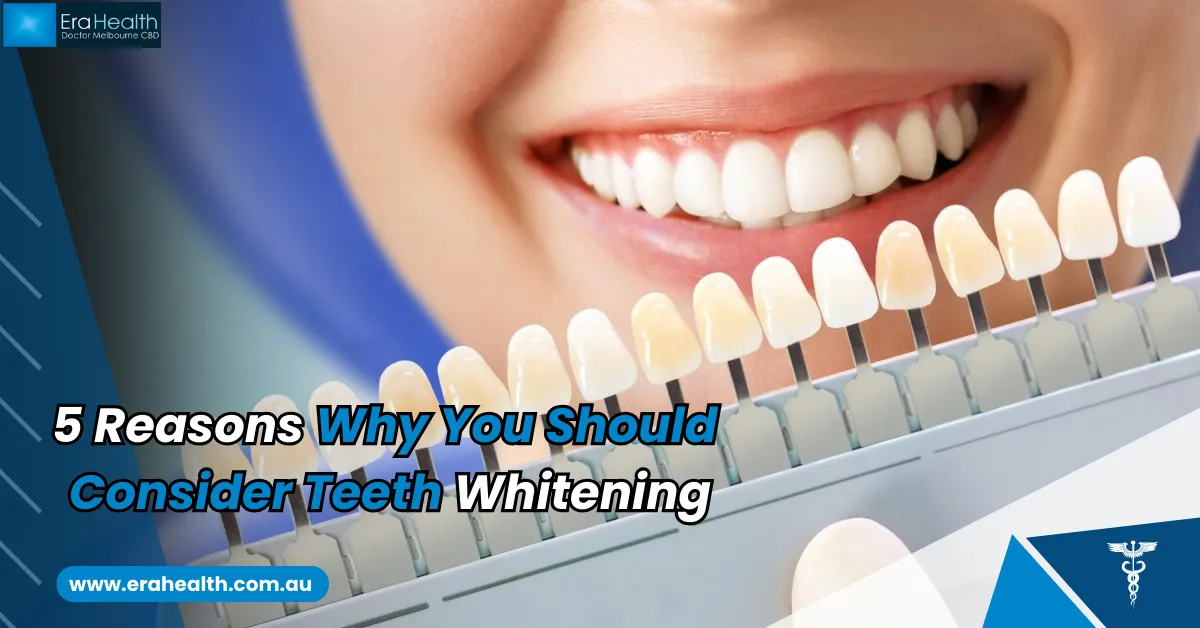Teeth Whitening The Fundamentals
Teeth whitening has become a popular cosmetic procedure for individuals seeking to enhance their smile and boost their confidence. The process involves lightening the natural color of your teeth, often using bleaching agents. But what exactly is involved in the teeth whitening process? The primary goal is to remove stains and discoloration, caused by factors like coffee, tea, tobacco, and aging, leading to a brighter, more appealing smile. The effectiveness and safety of teeth whitening largely depend on the method used and the individual’s oral health. It’s essential to understand the different approaches, potential risks, and the necessary precautions to make an informed decision. Considering these aspects ensures that you’re not only achieving a brighter smile but also prioritizing your oral health. This guide provides an overview of teeth whitening methods, their associated benefits, potential risks, and steps to maximize results. Explore the options, from professional treatments to at-home kits, and discover how to achieve and maintain a dazzling smile.
Understanding Teeth Whitening Methods
Teeth whitening methods can generally be categorized into two main types professional treatments and at-home solutions. Each of these methods utilizes different techniques and materials to achieve the desired whitening effect. Professional treatments are typically administered by a dentist or a trained dental professional in a clinical setting. These procedures often involve higher concentrations of bleaching agents and can produce dramatic results in a single session. At-home whitening solutions, on the other hand, offer more flexibility and convenience. These come in various forms, including whitening strips, gels, and toothpastes, and are designed for use at home. The effectiveness of each method can vary depending on the individual’s teeth condition, the type of stains present, and how consistently the instructions are followed. Understanding the differences between these methods is crucial to selecting the most suitable option and achieving the best possible outcome for a brighter smile. The key is to weigh the benefits and potential drawbacks of each approach and to consult with a dental professional to determine the most effective solution for your specific needs.
Professional Teeth Whitening Options
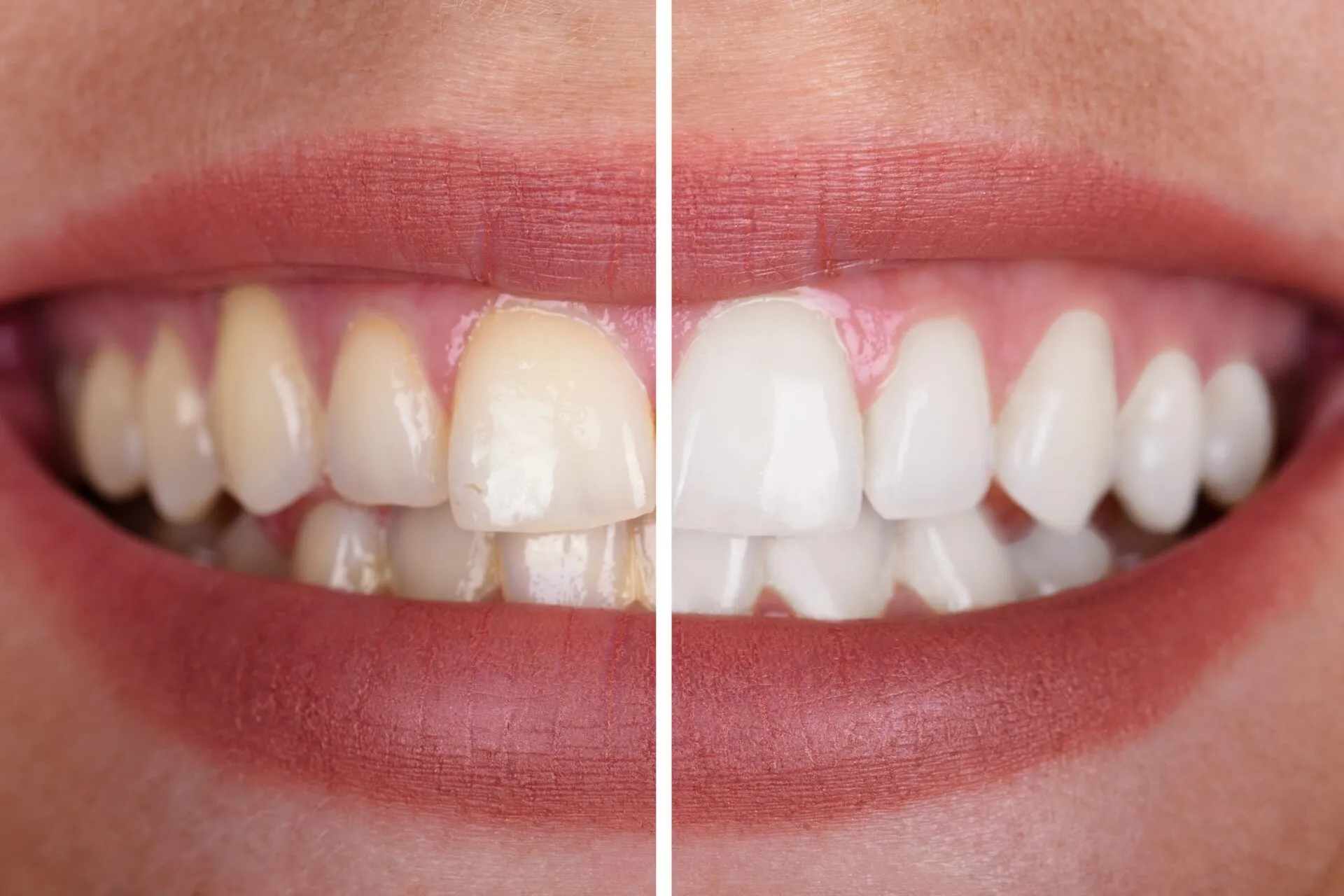
Professional teeth whitening offers several advantages, including the use of stronger bleaching agents and the expertise of a dental professional. In-office whitening procedures are designed to deliver immediate and noticeable results, making them a popular choice for those seeking a quick transformation. These treatments often involve the application of a high-concentration hydrogen peroxide or carbamide peroxide gel to the teeth, which is then activated using a special light or laser. This process can significantly lighten the teeth in a single visit, providing a brighter and more uniform smile. Professional whitening ensures safety, as the dentist carefully monitors the process to minimize the risk of side effects such as tooth sensitivity or gum irritation. The entire process, from initial assessment to the final result, is managed under the guidance of a trained professional, guaranteeing optimal outcomes and peace of mind. Choosing professional teeth whitening offers a reliable and efficient path to a dazzling smile, providing confidence and ensuring long-term oral health.
In-Office Whitening
In-office whitening is a quick and effective method for achieving a brighter smile, often completed in about an hour. The process starts with the dentist protecting your gums and soft tissues to prevent irritation from the whitening agent. A high-concentration bleaching gel is then applied to the teeth. This gel typically contains a higher percentage of hydrogen peroxide or carbamide peroxide compared to at-home treatments, leading to faster results. To enhance the whitening effect, a special light or laser may be used to activate the gel, accelerating the bleaching process. This can lighten your teeth by several shades in a single session, providing immediate and dramatic results. In-office treatments are ideal for individuals seeking a rapid cosmetic improvement or those who prefer the convenience of professional supervision. The dentist closely monitors the entire process, mitigating any potential risks and ensuring a comfortable experience. In-office whitening provides a safe, efficient, and highly effective way to achieve a dazzling, confident smile.
At-Home Whitening Kits
At-home teeth whitening kits offer a convenient and affordable alternative to professional treatments, allowing you to whiten your teeth in the comfort of your home. These kits typically include whitening strips, trays with gel, or whitening toothpaste. Whitening strips are thin, flexible strips coated with a peroxide-based whitening agent that you apply directly to your teeth. Tray-based systems involve custom-fitted or pre-made trays that hold a bleaching gel, worn for a specified period each day. Whitening toothpastes contain mild abrasives and chemicals to remove surface stains, contributing to a brighter smile. At-home kits are generally less potent than professional treatments, so results may take longer to appear. It’s crucial to follow the instructions carefully to avoid adverse effects like tooth sensitivity. Before using an at-home kit, consulting with a dentist is advisable to ensure it suits your needs and oral health. While at-home kits provide flexibility and cost savings, understanding the correct usage and potential limitations is essential for achieving safe and effective whitening.
Teeth Whitening Potential Risks
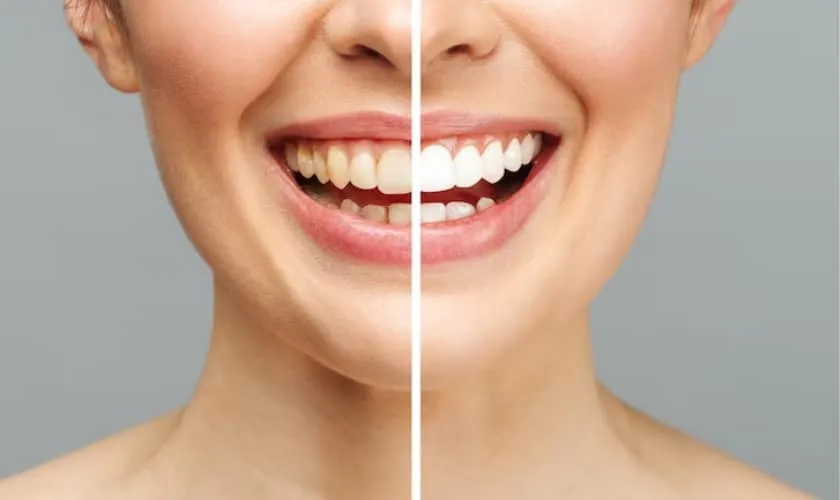
While teeth whitening is generally considered safe, it’s important to be aware of the potential risks and side effects associated with these treatments. The most common side effect is tooth sensitivity, which can occur during or after the whitening process. This sensitivity is usually temporary and subsides shortly after treatment. Another potential risk is gum irritation, which may result from the bleaching agent coming into contact with the gum tissue. This can cause redness, swelling, and discomfort, typically resolving on its own within a few days. In rare cases, excessive or improper use of whitening products can cause damage to the tooth enamel or underlying structures. For individuals with existing dental issues, such as cavities or gum disease, teeth whitening may not be recommended until these conditions are addressed. Always consult with a dentist to assess your oral health and discuss any potential risks before undergoing teeth whitening. Understanding these potential risks allows you to make an informed decision and take necessary precautions to ensure a safe and successful teeth whitening experience.
Tooth Sensitivity and Whitening
Tooth sensitivity is a common side effect of teeth whitening, characterized by a sharp, temporary discomfort when exposed to hot, cold, or sweet foods and drinks. This sensitivity occurs because the bleaching agents can penetrate the enamel and reach the dentin, the layer beneath the enamel. The dentin contains microscopic tubules that connect to the nerves in the tooth, making them more sensitive. The intensity of sensitivity varies from person to person and depends on the concentration of the whitening agent, the duration of treatment, and the individual’s tooth condition. To manage tooth sensitivity, dentists often recommend using desensitizing toothpaste containing potassium nitrate, which helps block the nerve signals. Avoiding extremely hot or cold foods and drinks during and after treatment can also minimize discomfort. Adjusting the whitening process by reducing the frequency or duration of treatments can further help alleviate sensitivity. For those who experience severe sensitivity, a dentist may recommend a fluoride treatment to strengthen the enamel. Taking these precautions can help minimize tooth sensitivity and ensure a more comfortable teeth whitening experience.
Gum Irritation and Whitening
Gum irritation is another potential side effect of teeth whitening, typically resulting from the bleaching agent coming into contact with the soft tissues of the gums. This can happen if the whitening trays are not properly fitted, or if the bleaching agent is applied excessively. Symptoms of gum irritation include redness, swelling, and tenderness in the gums. The irritation usually subsides within a few days after the whitening treatment is discontinued. To prevent gum irritation, it’s crucial to use the whitening products as directed, avoiding overuse. When using at-home whitening kits, ensure the trays fit properly and do not spill the gel onto your gums. Professional whitening procedures involve careful application of the bleaching agent by a dentist, minimizing the risk of gum contact. In the case of irritation, rinsing the mouth with water and avoiding harsh oral hygiene practices can help soothe the gums. Using over-the-counter pain relievers may provide temporary relief. Proper technique and precaution are essential to achieve a brighter smile while protecting the health of your gums.
How to Maximize Teeth Whitening Results
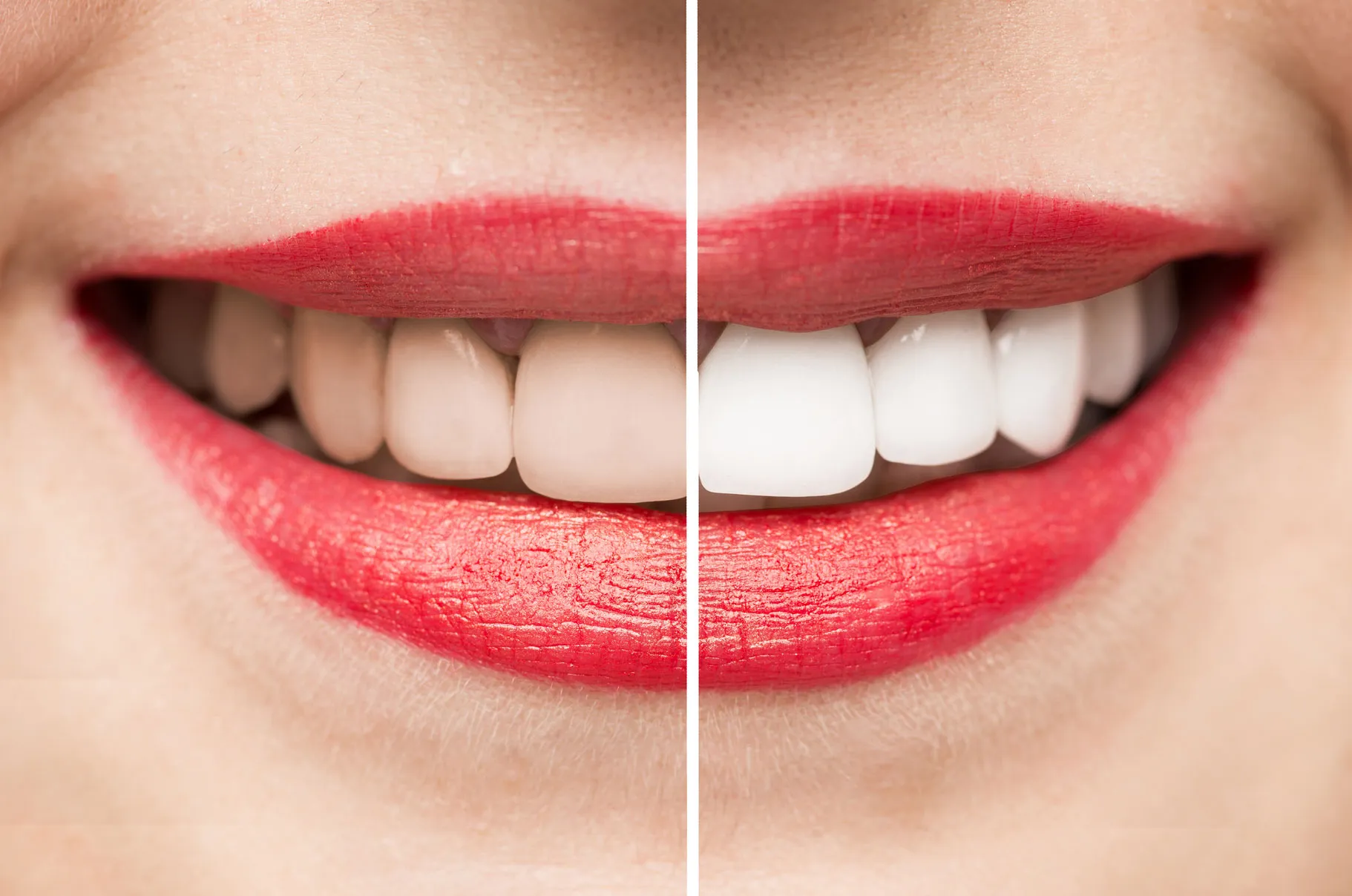
Maximizing the results of teeth whitening involves several key strategies, from preparing your teeth to maintaining your new, brighter smile. Before undergoing teeth whitening, preparing your teeth can significantly enhance the outcome. Professional cleaning to remove plaque and tartar ensures the whitening agent can effectively reach the tooth surface. Addressing any pre-existing dental issues, such as cavities or gum disease, will prevent complications during and after the whitening process. Following the instructions provided by your dentist or the whitening kit is crucial. Avoid overusing whitening products, as this can lead to tooth sensitivity or gum irritation. Consistency is key, so adhere to the recommended treatment schedule for the best results. To maintain your results, regular dental check-ups and cleanings are essential. These help to remove surface stains and monitor your oral health. In addition, understanding the role of your diet and oral hygiene practices can make a difference. With proper preparation, adherence to the treatment plan, and a focus on aftercare, you can achieve a radiant smile and enjoy its benefits for a long time.
Preparing Your Teeth for Whitening
Preparing your teeth for whitening is a critical step to ensure the treatment is effective and safe. Before any whitening procedure, a dental check-up and cleaning are highly recommended. A professional cleaning removes plaque, tartar, and surface stains, allowing the whitening agent to penetrate the enamel more effectively. Your dentist can assess your overall oral health, identifying any pre-existing issues that need attention. Addressing cavities, gum disease, or other dental problems before whitening is essential to prevent complications. Discuss any sensitivity issues or dental concerns with your dentist. They can provide customized advice and recommendations based on your individual needs. If your teeth are particularly sensitive, your dentist may suggest using a desensitizing toothpaste for a few weeks before the whitening treatment. They can also provide protective measures during the whitening process to minimize discomfort. The goal is to create a healthy foundation for the whitening process, ensuring both the effectiveness of the treatment and the well-being of your teeth and gums. Proper preparation sets the stage for a successful and enjoyable teeth whitening experience, leading to a brighter and healthier smile.
Maintaining Your White Smile
Maintaining your newly whitened smile involves a combination of good oral hygiene practices and lifestyle adjustments. Regular dental check-ups and cleanings are essential for removing surface stains and monitoring your oral health. Following professional whitening, schedule follow-up appointments to ensure that the results are lasting and to address any potential issues. Brush your teeth at least twice a day with a whitening toothpaste to help remove surface stains and keep your teeth bright. Flossing daily removes plaque and food particles from between your teeth, contributing to overall oral health and the longevity of your whitening results. Consider using a whitening mouthwash to further enhance your smile. Making dietary adjustments can also play a significant role. Limiting consumption of staining foods and drinks, such as coffee, tea, red wine, and berries, helps prevent discoloration. If you consume these items, rinsing your mouth with water immediately afterward can reduce their impact. Avoiding tobacco products is crucial, as smoking and chewing tobacco can severely stain your teeth. By incorporating these practices into your daily routine, you can enjoy your brighter, whiter smile for years to come.
Dietary Recommendations for White Teeth
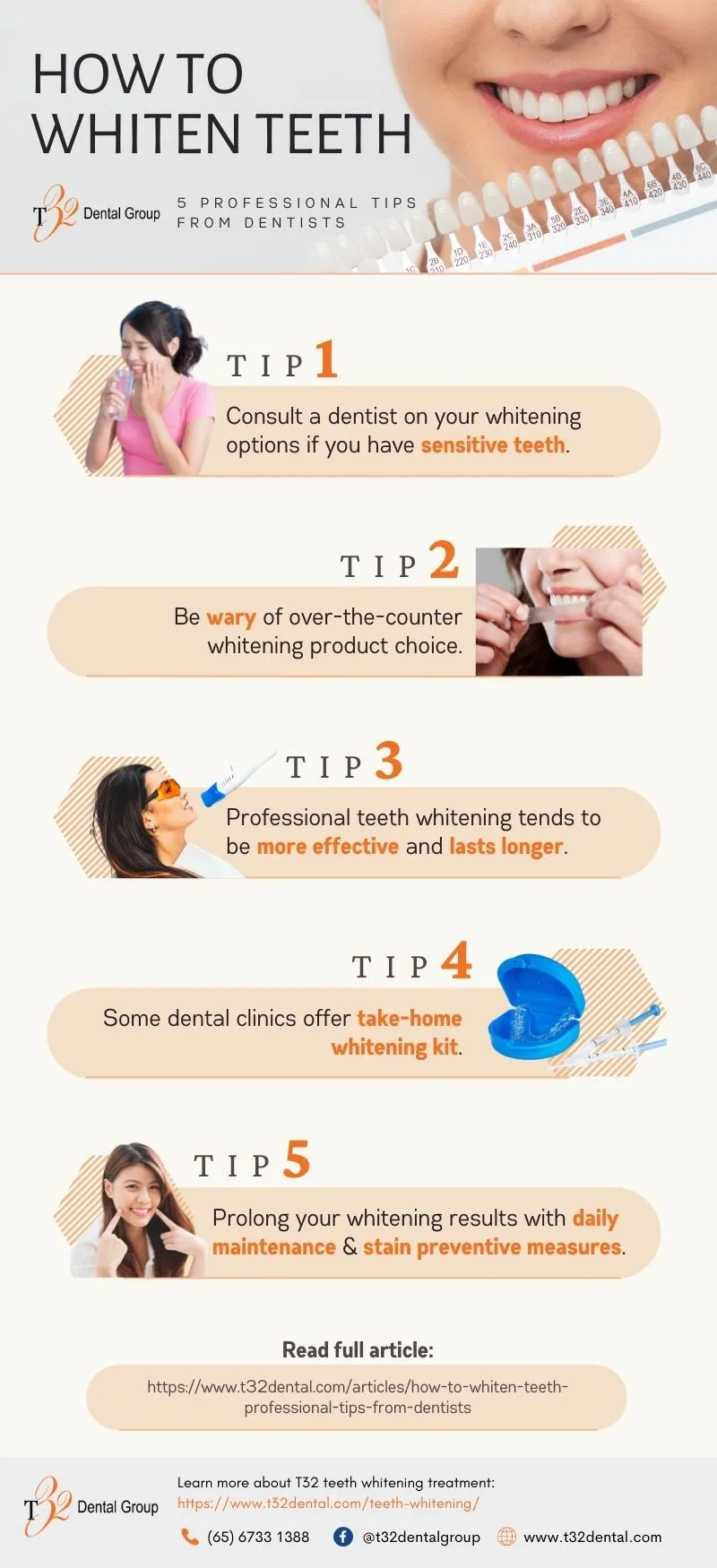
Your diet significantly impacts the longevity of your teeth whitening results. Certain foods and drinks can stain your teeth, negating the benefits of the whitening treatment. Avoiding or limiting these staining agents is essential for maintaining a bright smile. Coffee and tea are notorious for their staining properties due to their high tannin content. Red wine also contains tannins, along with chromogens, which contribute to discoloration. Dark-colored sodas, sports drinks, and fruit juices can also stain teeth. Berries, especially blueberries, blackberries, and raspberries, contain pigments that can stain teeth. Curry and soy sauce are also known for their intense colors that can cause staining. Instead, focus on incorporating teeth-friendly foods into your diet. Crunchy fruits and vegetables, like apples, celery, and carrots, can help remove plaque and stimulate saliva production, which naturally cleanses your teeth. Dairy products, such as milk, cheese, and yogurt, are rich in calcium and can strengthen your enamel, making your teeth more resistant to stains. Drinking plenty of water helps rinse away food particles and stains. By adopting a diet that prioritizes these foods and limits staining agents, you can significantly extend the life of your teeth whitening results and maintain a radiant, confident smile.
Oral Hygiene Practices for a Lasting Bright Smile
Maintaining excellent oral hygiene is vital for preserving a brighter smile and ensuring the longevity of your teeth whitening results. Brushing your teeth at least twice a day with a whitening toothpaste is a fundamental step. This helps remove surface stains and plaque, preventing further discoloration. Consider using an electric toothbrush, as it’s often more effective at removing plaque than manual brushing. Flossing daily is equally important; it removes food particles and plaque from between your teeth and along the gum line. Use dental floss or interdental brushes to clean the areas that your toothbrush can’t reach. Rinse with a whitening mouthwash after brushing and flossing. Mouthwash can help remove any remaining debris and further freshen your breath. Schedule regular dental check-ups and cleanings with your dentist. Professional cleanings remove plaque and tartar buildup, preventing stains and maintaining your oral health. Avoid tobacco products, including cigarettes, cigars, and chewing tobacco, as they severely stain your teeth and negatively impact your oral health. Incorporating these practices into your daily routine ensures a long-lasting, bright smile, contributing to both your confidence and overall well-being.
